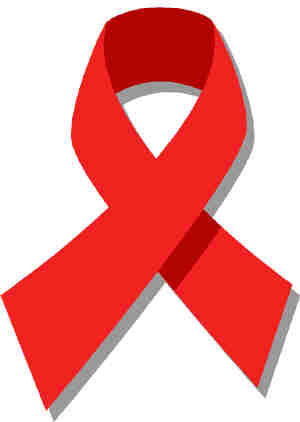
MASHONALAND West districts such as Zvimba are emerging as the country’s potential HIV hotspots, according to a recent National Aids Council (NAC) survey that lists Matabeleland South Province as a high risk area.
BY NQOBANI NDLOVU
The NAC hotspot analysis and mapping report classified Zvimba and other Mashonaland West areas as having the potential of becoming HIV hotspots, and said steps should be taken to prevent this.
The survey was undertaken by NAC in conjunction with the Ministry of Health and Child Care, UNAids and World Food Programme.
“The HIV geographical hotspots are mainly in Matabeleland South and to a small extent in parts of Manicaland, Mashonaland East and Central. Although most of the rest of the country is rated as medium in terms of hotspots, most districts in Manicaland have the potential of becoming hotspots if special attention is not taken according to the analysis. This includes those districts rated as medium with high risk factors in the northern districts of Mashonaland West Province (Hurungwe, Makonde, Zvimba, Centenary, Mount Darwin and Shamva) and in the Mhondoro-Ngezi)” the report read in part.
The NAC report said new infections were a result of low-risk heterosexual sex (56%), with casual heterosexual sex (24%), transactional sex (paid sex) with 14% and mother-to-child at 7%. The NAC survey says most parts of the country are in the medium range, except for Sanyati and Mbire that are classified as having low HIV risk factors.
“The rest of the country falls in the medium range except for Sanyati and Mbire which are in the low range. Sanyati and Mbire had other datasets missing hence they had a low composite index. The whole country has either high or low risk factors and there is no province which falls in the low category. Risk factors make a population vulnerable to high HIV infections and it is highly recommended that more work be done to reduce risk factors.”
The report said Zimbabwe has since 2005 recorded a decline in the HIV prevalence rate, and attributes this to factors such as high HIV deaths, an increase in HIV awareness, increase in responsible behaviour – like condom use – reduction in number of sexual partners, delay in sexual encounter by young people and the effectiveness of interventions like prevention of mother to child transmission











